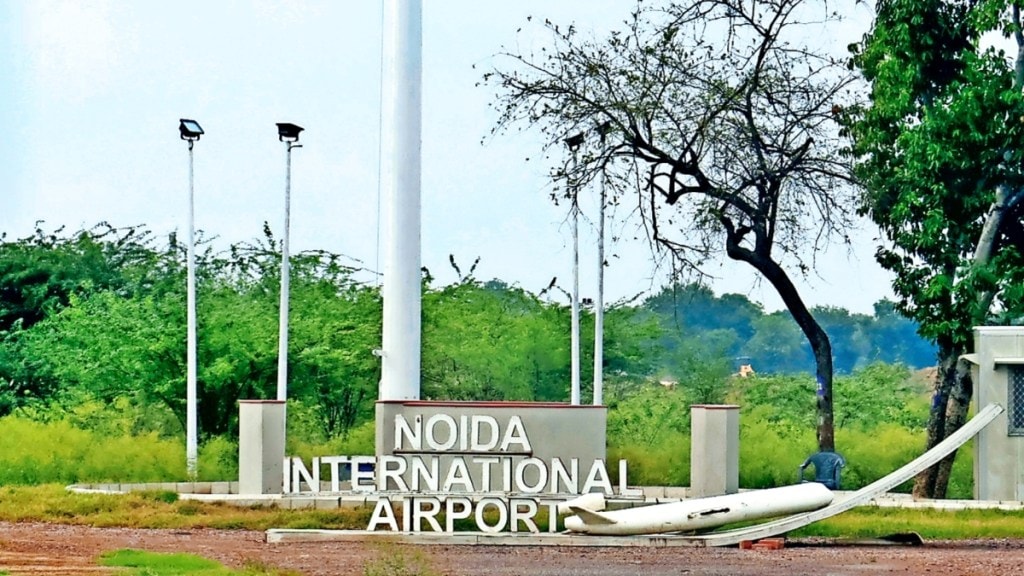Days after Uttar Pradesh Chief Minister Yogi Adityanath announced an increase in compensation for farmers affected by land acquisition for the third phase of the Jewar airport project, from Rs 3,100 per sq m to Rs 4,300 per sq m, officials confirmed on Monday that 42,433 individuals would qualify for the revised compensation, The Indian Express reported.
Chief Executive Officer of the Noida International Airport Arun Veer Singh said that the revised compensation would smoothen the “acquisition process and keep it on schedule”. “We have already begun preparations to conduct a social impact assessment and will soon compile a list of affected farmers. This will encourage farmers to release their land for the project,” he added.
The Noida airport is set to become operational in April 2025.
“Around 300 hectares of the land acquired in the third phase will be allocated to international aerospace manufacturers, which will attract four to five of the world’s leading aircraft manufacturing companies, giving a boost to the aerospace industry,” Singh added.
For the airport’s third phase, the authority intends to acquire 2,053 hectares of land across 14 villages, including Neemka Shahjahanpur, Khwajapur, Parohi, Kishorepur, Banwaribans, Jewar Bangar, Muqimpur Shivara, Sabauta, Ahmedpur Chauroli, Dayanatpur, Rohi, Bankapur, Thora, and Ramner.
The majority of land acquisition for the project will occur in Thora, covering 639 hectares, followed by Neemka Shahjahanpur (307 hectares), Khwajapur (292 hectares), and Ramner (235 hectares).
Preliminary estimates indicate that the acquisition will impact 42,433 individuals across the 14 villages, including 10,847 children under 18, 16,343 men, and 15,243 women.
In six of these villages alone, approximately 9,361 families are likely to face displacement. The highest number of affected farmers is expected from Thora and Ramner, collectively accounting for nearly 17,000 farmers.
The first phase of the Noida International Airport required the acquisition of 1,334 hectares, while the second phase involved 1,365 hectares, which included land designated for an aviation hub and a maintenance, repair, and overhaul (MRO) facility.

